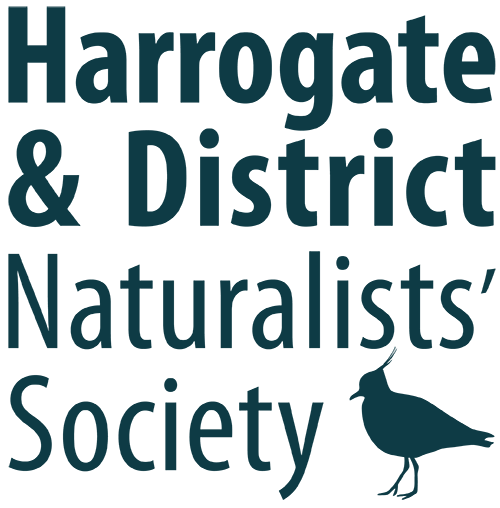Flowering Plants
Members Area
View the Society’s latest publications in this area of the website reserved for Members.
Trip Reports
View a detailed roundup of all the Society’s Field Trips across the Harrogate District.
Latest News
The latest wildlife news from around the Harrogate District that may be of interest to Society members.












